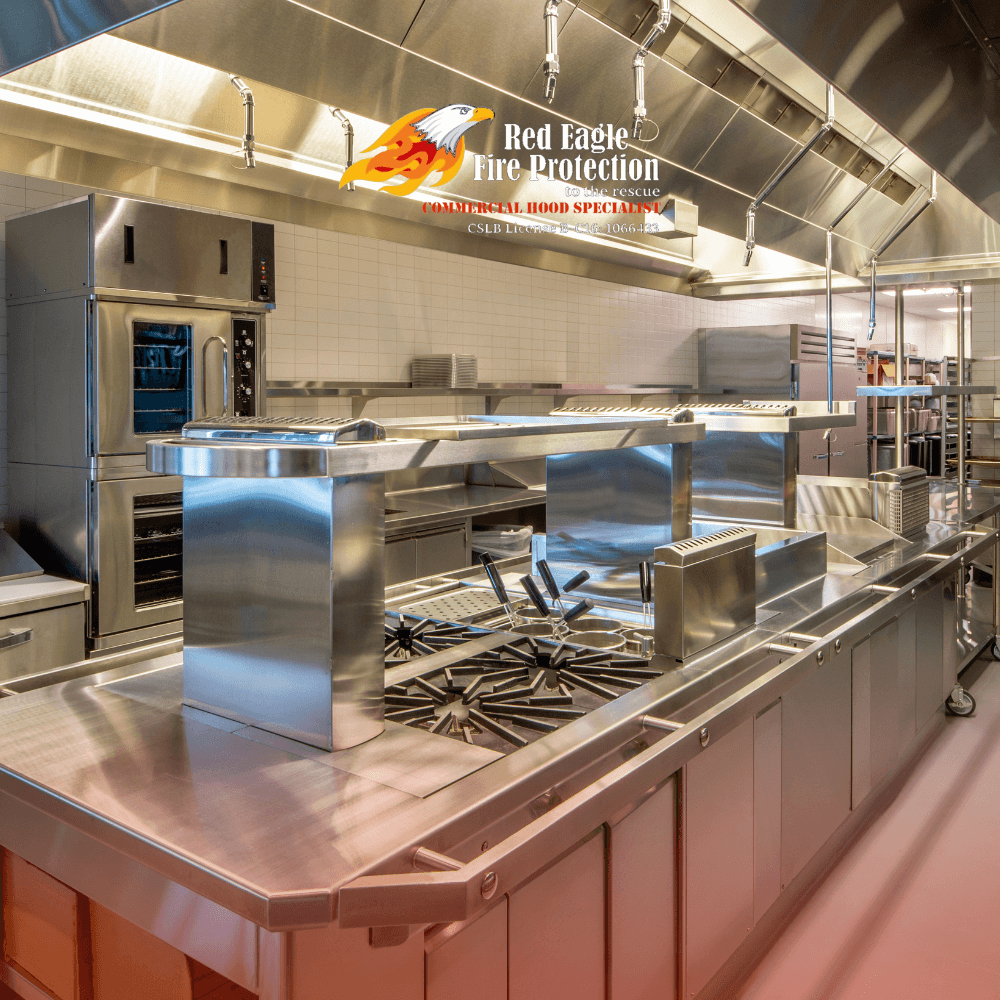Setting up a commercial kitchen requires careful planning, especially when it comes to installing the right ventilation system. A properly installed kitchen exhaust hood is essential for maintaining air quality and safety. Understanding your ventilation needs can ensure that you select the right system, making your kitchen exhaust hood installation process smooth and efficient.
Why Ventilation Matters in Commercial Kitchens
Proper ventilation is crucial for removing smoke, steam, heat, and grease-laden air from a busy kitchen. Without a suitable exhaust hood, air quality can suffer, and the risk of fire increases. Effective kitchen exhaust hood installation ensures that cooking fumes and airborne particles are directed outside, creating a safer environment for your staff and customers.
Assessing Your Kitchen’s Ventilation Needs
Determining the right size and type of kitchen exhaust hood for your commercial kitchen involves evaluating several factors. Here are some key considerations to guide your decision:
- Cooking Equipment Type: The type of appliances you use will impact the kind of exhaust hood installation you need. For example, high-heat equipment like grills and fryers produce more smoke and grease, requiring a larger hood with more powerful airflow.
- Kitchen Layout: The arrangement of your kitchen influences how the exhaust hood will function. Placing the hood directly above your cooking equipment allows for optimal capture of smoke and fumes. A custom design may be necessary for kitchens with unique layouts.
- Airflow Requirements: Calculating the required airflow, measured in cubic feet per minute (CFM), is critical for selecting the right hood size. A professional can help determine the correct CFM based on the size of your kitchen and the heat output of your equipment.
- Local Codes and Regulations: Complying with local building codes is essential for any commercial kitchen exhaust hood installation. Regulations often specify the minimum requirements for hood size, CFM, and ventilation methods to ensure safety and compliance.
Types of Commercial Kitchen Exhaust Hoods
Understanding the different types of exhaust hoods available can help you choose the best option for your needs. Here are the most common types used in kitchen exhaust hood installations:
Type I Hoods
These hoods are designed to handle grease and smoke, making them ideal for kitchens with high-heat appliances like grills and fryers. They are typically required in most commercial kitchens due to their ability to effectively capture and remove grease-laden vapors.
Type II Hoods
Type II hoods are used for non-grease producing appliances, such as dishwashers or steamers. They are ideal for removing heat and moisture from the kitchen but are not suitable for areas with heavy grease production. Choosing the right type is essential for a successful kitchen exhaust hood installation.
When to Consult a Professional for Installation
Installing a kitchen exhaust hood is a complex task that often requires professional expertise. Consulting with a licensed installer can ensure that the system is properly sized, meets all regulations, and is installed safely. A professional can also provide maintenance advice to keep your exhaust hood running efficiently over time.
Create a Safe Kitchen with the Right Ventilation System
Determining your ventilation needs is the first step toward a successful kitchen exhaust hood installation. By considering factors like your cooking equipment, kitchen layout, and airflow requirements, you can select a system that meets your needs and complies with safety standards. With the right exhaust hood, you can maintain a safe, efficient, and comfortable cooking environment for your commercial kitchen.
READ MORE:

